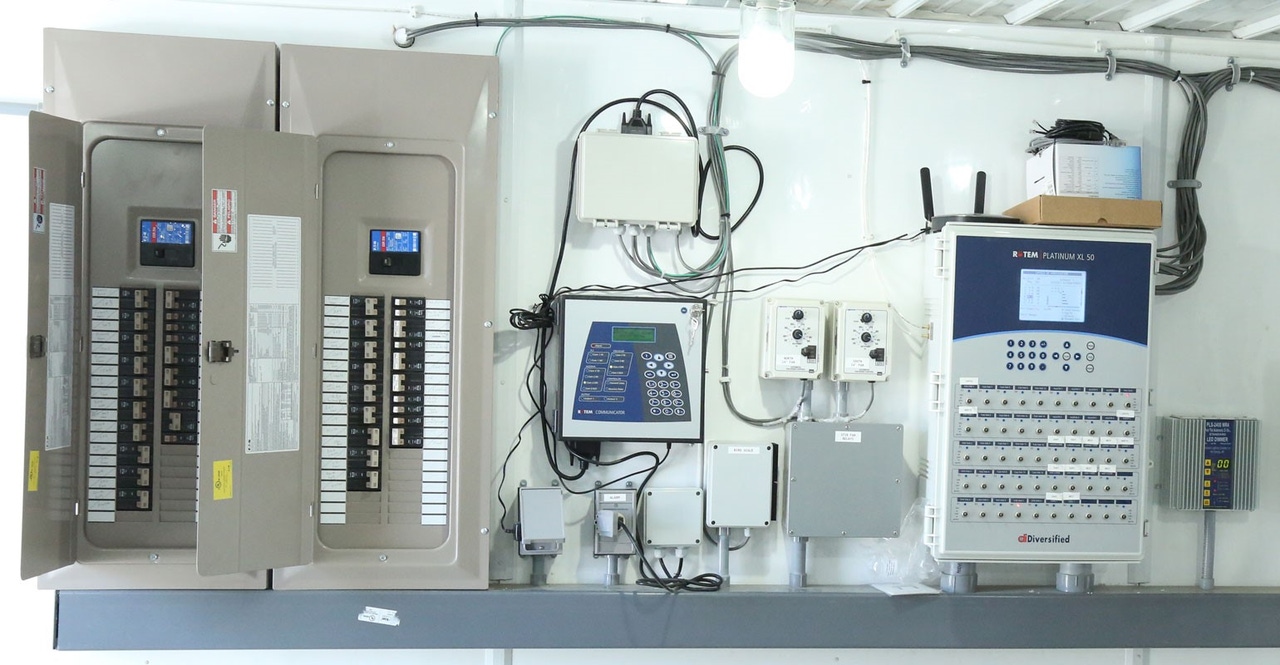Top Tips for Effective Electric System Troubleshooting
Repairing electrical systems requires a systematic approach, based in a thorough understanding of electrical concepts and security protocols. By familiarizing oneself with circuit elements, making use of vital devices, and sticking to an organized analysis approach, professionals can successfully identify and deal with issues. The nuances of reliable repairing extend past simple technological expertise; recognizing exactly how to document findings and prioritize safety and security can dramatically affect outcomes. As we check out these essential components even more, it comes to be clear that mastering this process is not simply helpful but necessary for success in the area.
Understand the Fundamentals
Recognizing the fundamentals of electrical systems is necessary for effective troubleshooting, as a solid structure permits specialists to identify and settle issues extra efficiently. A comprehensive grasp of electrical concepts, such as voltage, current, resistance, and power, is critical in identifying the origin of problems. Voltage is the electrical possible difference that drives existing with a circuit, while resistance opposes the flow of present, influencing the overall capability of the system.
Knowledge with circuit parts, consisting of resistors, capacitors, diodes, and changes, is additionally critical. Each part plays a distinctive duty in circuit behavior and can impact performance when malfunctioning. In addition, recognizing series and identical circuit setups is vital, as these plans influence the distribution of voltage and existing within the system.
Furthermore, expertise of safety methods is essential. Specialists should recognize potential threats, such as shock and short circuits, to execute secure troubleshooting techniques. By mastering these foundational concepts, specialists improve their capability to conduct efficient diagnostics and repairs, ultimately causing improved efficiency and dependability of electric systems. This foundational understanding is the foundation of successful fixing ventures.
Gather Necessary Tools
Effective troubleshooting of electrical systems calls for the right set of tools to detect and settle issues precisely. A well-appointed technician can substantially improve efficiency and efficiency in recognizing issues. Vital tools consist of a multimeter, which gauges voltage, present, and resistance, enabling precise analyses of electric parts. Secure meters are likewise beneficial for determining current without disconnecting the circuit, guaranteeing safety and ease.
In addition, insulated hand devices such as screwdrivers, pliers, and cord strippers are crucial for securely adjusting electric links. It is likewise a good idea to have a circuit tester available to validate the visibility of voltage in electrical outlets and cables. For even more facility systems, a thermal imaging video camera can aid identify overheating elements, showing potential failings.

Follow a Methodical Strategy
Having collected the proper tools, the next action in repairing electric systems is to adhere to a systematic approach. A methodical approach guarantees that technicians can recognize mistakes successfully and properly, reducing downtime and protecting against unnecessary repair work.
Begin by assessing the system's schematic diagrams and specifications. Comprehending the layout and operational parameters will offer context for diagnosing concerns. Next, isolate the trouble location by making use of a procedure of removal. This involves monitoring each element systematically, beginning with the source of power and functioning in the direction of the load.
Make use of screening tools, such as multimeters and oscilloscopes, to collect objective data regarding voltage, current, and resistance at various points within the system. This empirical evidence will direct your troubleshooting efforts and aid to confirm or remove prospective reasons for failure.
In addition, consider ecological elements that may affect the system's performance, such as temperature level changes or dampness ingress. An extensive assessment of electrical wiring, links, and components will certainly guarantee that all opportunities my explanation are made up.
Paper Your Searchings For
Comprehensive documentation is important in the troubleshooting procedure of electrical systems. This practice not just help in comprehending the root cause of the trouble but likewise serves as a recommendation for future repairing efforts.

Additionally, preserving a log of components replaced or repair work performed is invaluable. This information sustains supply management and can aid examine the longevity and dependability of particular parts.
Ultimately, the paperwork process ought to be extensive yet concise, enabling easy retrieval and testimonial - electrical system troubleshooting. By prioritizing detailed documents, technicians can produce an important data base that not only help in present troubleshooting however additionally equips future upkeep initiatives, consequently boosting overall system reliability

Prioritize Security Actions
Acknowledging the intrinsic threats related to electric systems is essential for making sure security during troubleshooting. Electric shock, burns, and equipment damages are simply a few of the possible risks that technicians face. Focusing on security actions is not only a lawful commitment yet likewise a moral necessary that safeguards both the specialist and the surrounding atmosphere.
Before beginning any troubleshooting job, technicians must don ideal individual protective equipment (PPE), consisting of shielded handwear covers, safety glasses, and flame-resistant apparel. Guaranteeing that the work area is completely dry and cost-free of clutter can dramatically decrease the risk of accidents. Moreover, it is vital to de-energize circuits before beginning any kind of job, verifying that they are not endure making use of a multimeter or voltage tester.
Establishing clear interaction protocols with staff member is also essential; this guarantees that everybody recognizes prospective risks and the condition of the electrical their explanation system being worked with. Having an emergency feedback plan in location can confirm vital in the event of an occurrence. By prioritizing precaution, specialists can effectively alleviate threats and promote a much safer workplace.
Final Thought
Reliable electrical system troubleshooting depends on a thorough understanding of essential concepts and a methodical method. Prioritizing safety and security actions makes sure the health of people entailed and the integrity of the electrical system.